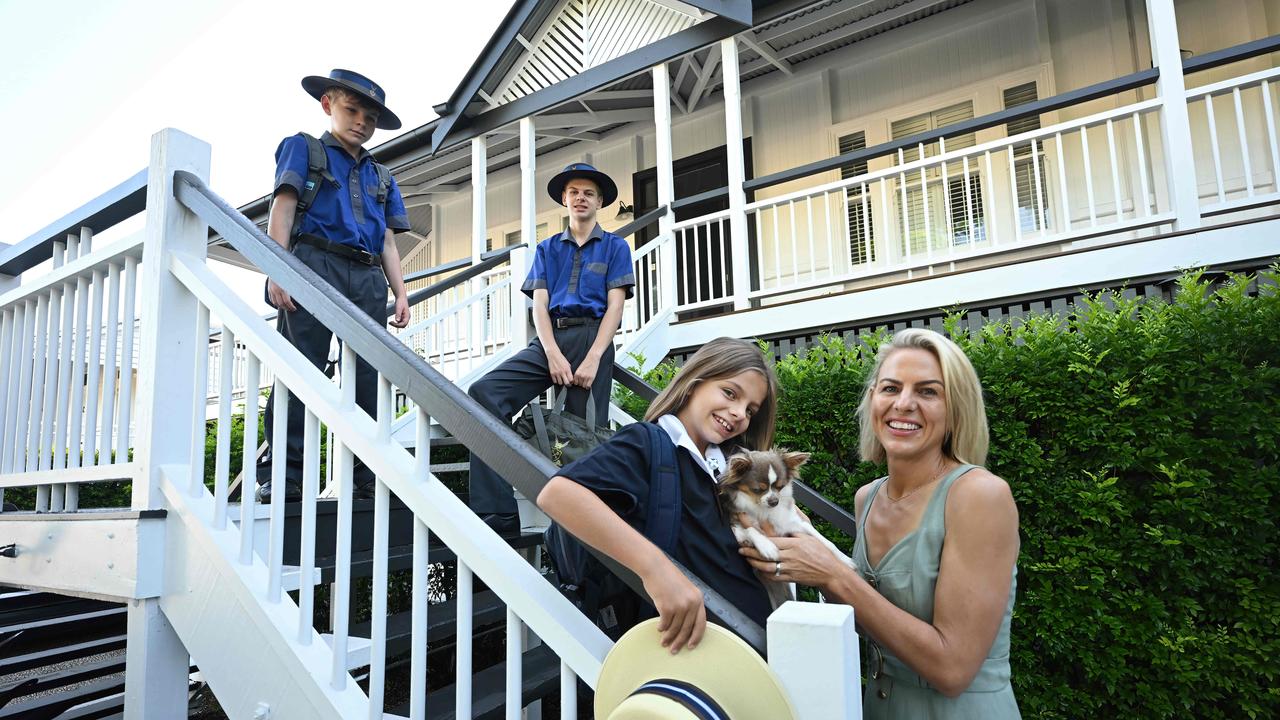Kathleen Folbigg ‘did not smother babies’
Two forensic pathologists have dismissed suggestions convicted child killer Kathleen Folbigg smothered her babies.

Two forensic pathologists have dismissed suggestions convicted child killer Kathleen Folbigg smothered her babies.
And an expert in child deaths says Folbigg’s diaries, used to secure her conviction, did not contain “true confessions of guilt”.
Fronting an inquiry into the death of the children, for which Folbigg was convicted in 2003, Canadian forensic pathologist Matthew Orde said there was no reliable evidence to indicate she suffocated the babies.
“It’s clear that, sadly, there would likely be significant struggling (if a baby were smothered) which may give rise to the possibility of injury to the face,” Dr Orde said.
Similarly, Victorian Institute of Forensic Medicine professor Stephen Cordner said it was “highly unlikely” the four children were smothered due to the absence of petechiae (a small spot caused by bleeding through the skin) or injuries in the mouth.
“It’s reasonable to say that in cases where the conclusion has been made that the child was smothered … petechiae and facial injuries are specifically known as present,” Dr Cordner said.
“For each of the four children, (there were) no such findings … except in relation to Sarah, who had to count invasions on her lip or chin … but (which) could be related to resuscitation.”
“So with that proviso, no injuries to the Folbigg children.”
Folbigg, 55, is serving a minimum 25-year prison sentence after being convicted of the murder of Patrick (eight months old), Laura (10 months), and Sarah (19 months), and the manslaughter of her first child, Caleb (three weeks).
The inquiry is the second into her conviction, which has been called into question by clinicians, physicians and researchers around the world.
Dr Cordner said he also believed the deaths of Sarah and Laura were due to a specific gene mutation that was also detected in their mother nearly 14 years after she was convicted.
The 2021 report suggested Ms Folbigg had a previously unreported mutation to the CALM2 gene that encodes for calmodulin. CALM2 contains a calcium-modified protein and if mutated, has been linked to sudden cardiac death. He put Sarah’s death down to “sudden unexpected death in an infant with a novel functional calmodulin variant” and Laura’s down to a heart condition called myocarditis.
Cardiovascular genetics expert Dominic Abrams on Wednesday told the inquiry it was “unlikely” Folbigg’s daughters died from a cardiac arrhythmia caused by a rare gene mutation.
“Whilst a cardiac arrhythmia related to the calmodulin variant cannot be definitely excluded, I believe the likelihood this was responsible for the deaths of Laura and Sarah is low,” he wrote in a report tendered to the inquiry.
“There is no compelling evidence to support any … environmental triggers as clear factors that may have increased arrhythmia susceptibility.”
His evidence came as a child death doctor told the inquiry Folbigg’s diaries did not contain “true confessions of guilt”.
Joanna Garstang, designated doctor for child death of the Birmingham and Solihull Integrated Care Board, in a report noted: “Expressions of self-blaming and guilt in Ms Folbigg’s diary fit with those described in the literature or that I have witnessed in my clinical research practice.”
She said the entries were simply explained as “self-blame in bereavement”.



